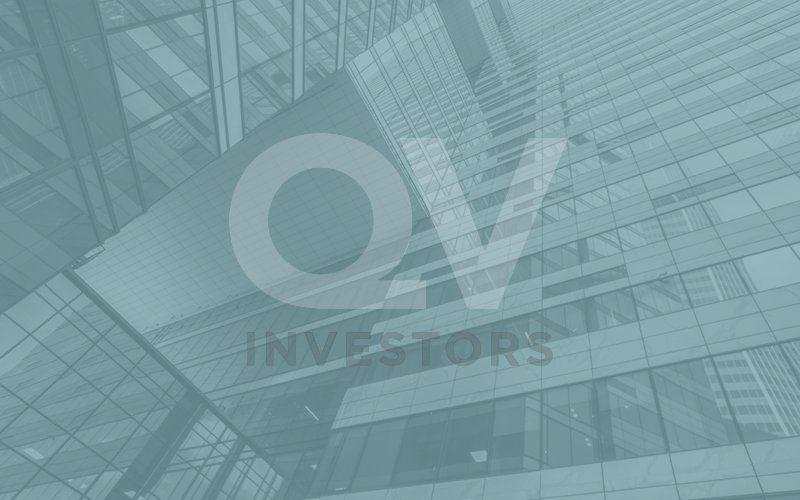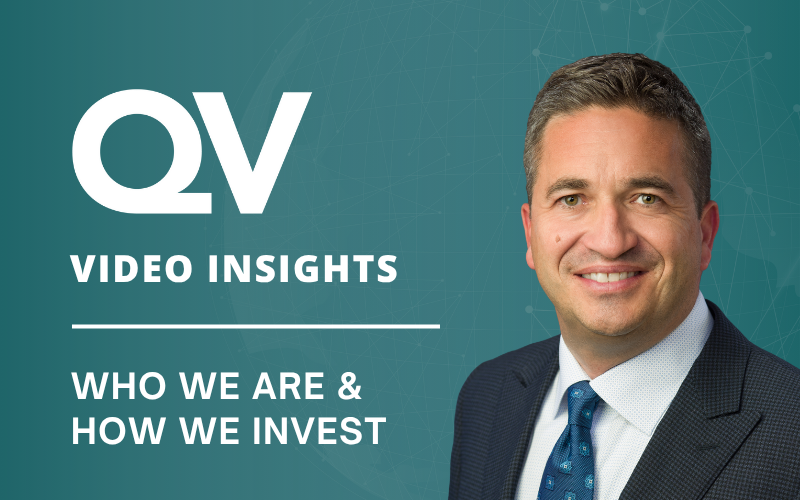For those not following the 2015 Tour de France, as of today, the peloton has completed 19 grueling stages across the country. The Tour is not for the faint of heart, riders climb 10 degree plus gradients in scorching heat. Both physical and mental strength are necessary to complete the race, let alone win it. A key attribute of world class professional riders is their ability to sustain high and efficient levels of power output for extended periods of time. These athletes can achieve over 6 watts/kg for 30-45 minutes and repeat this three to four times over a three to four hour stage. To put this in context, an untrained rider like myself could only pedal 2 watts/kg for 30 minutes. Enduring this performance 21 times over 23 days is truly an impressive feat.
With regards to corporate analysis, there really is no difference when evaluating potential businesses for investment. As long term shareholders, we believe a company’s underlying fundamentals will eventually be reflected in its share price. So we look for efficiently run businesses that can sustain above average returns on capital over long periods of time. Like watts/kg in cycling, we pay close attention to net income/common equity, otherwise known as return on equity (ROE). The durability of that ROE and understanding its trend over time is an important exercise in our assessment.
Using Wells Fargo & Co. (NYSE:WFC) as an example, its ROE has been one of the most stable in the banking industry. The decline in 2008 can be attributed to its takeover of Wachovia in the depths of the financial crisis. Wells’ management raised over $12B in equity and took $8B in loan loss provisions that, and amongst other factors, weighed on its ROE.

It has since recovered but has been held back from pre-crisis levels due to increased regulatory capital requirements which boost the denominator and suppresses the ratio. Fast forward seven years and WFC looks well positioned to benefit from a strengthening U.S. economy. Loan growth has been broad-based, operations remain efficiently run, and its diversified business offers earnings stability that we like. Book value per share growth remains healthy at an annualized rate of +9% over the last five years. Taking all this into account, its 13% ROE and 1.8x price- to-book remains attractive for such a well-managed business.
As we have mentioned before, companies currently exhibiting high and stable ROEs are generally not priced attractively. Some further digging is required to uncover the businesses that have made great strides to improve ROE durability. We believe Citigroup Inc. (NYSE:C) has made the necessary steps. In March, Citi finally passed the Federal Reserve’s annual stress tests after failing two out of the last three years. It was a big win for CEO Michael Corbat and supports the large improvements the bank has made in efficiencies and capital ratios under his watch. Citi continues to simplify its business by exiting unprofitable geographies and winding down non-core assets. These efforts improve the sustainability of its earnings. After adjusting for intangibles related to acquisitions made over the years, Citigroup earns a return on tangible common equity (ROTCE) of 10% and trades at 1.0x price-to-tangible book, an attractive valuation for a leaner and more durable bank than its pre-crisis days.
The U.S. economic landscape looks to be quite supportive for the banking industry. An improved labour market, a deleveraged consumer, and a central bank increasingly showing interest in raising their policy rate are all industry positives. Shareholders should benefit if management can sustain this ROE performance over time. Efficiently run businesses should not only help us last the day but over multiple stages may put us in closer contention to winning that coveted yellow jersey.




